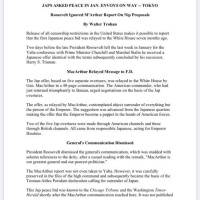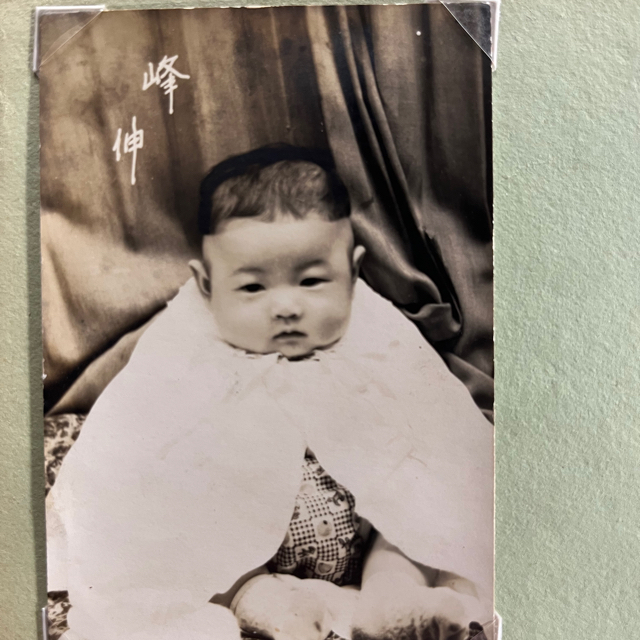5年前の朝礼より
2000年NASDAQの上陸2002年撤退に続いて、新興市場の浮沈を経て、また再上陸の打診が大証にあったらしい。IPOの出口は戻ってくるのか?割安感のある日本株が当面の商品。発行会社の実力以上に価値がついてもはがれることを学習してしまった人々はスルーしてアジアの投資家を招き入れたいらしい。市場参加するアジア人が白金好きだといいのだが。
白金ナノコロイドの先祖は1873年のPlatinum Printsの特許に出てくる現像方法
William Willis was the first to patent the platinotype process in 1873 (British Patent No. 2011, June 8, 1873),[3] and again in 1878 and 1880 which he leveraged to gain commercial success in the manufacture of platinum papers sold through his Platinotype Company for professional and amateur use. He also developed the palladium process requiring palladiotype paper and a silver-platinum paper, satista.[4]
Willis introduced the "hot bath" method where a mixture of ferric oxalate and potassium chloroplatinate are coated onto paper which is then exposed through a negative and developed in a warm solution of potassium oxalate.
2000年NASDAQの上陸2002年撤退に続いて、新興市場の浮沈を経て、また再上陸の打診が大証にあったらしい。IPOの出口は戻ってくるのか?割安感のある日本株が当面の商品。発行会社の実力以上に価値がついてもはがれることを学習してしまった人々はスルーしてアジアの投資家を招き入れたいらしい。市場参加するアジア人が白金好きだといいのだが。
白金ナノコロイドの先祖は1873年のPlatinum Printsの特許に出てくる現像方法
William Willis was the first to patent the platinotype process in 1873 (British Patent No. 2011, June 8, 1873),[3] and again in 1878 and 1880 which he leveraged to gain commercial success in the manufacture of platinum papers sold through his Platinotype Company for professional and amateur use. He also developed the palladium process requiring palladiotype paper and a silver-platinum paper, satista.[4]
Willis introduced the "hot bath" method where a mixture of ferric oxalate and potassium chloroplatinate are coated onto paper which is then exposed through a negative and developed in a warm solution of potassium oxalate.

























